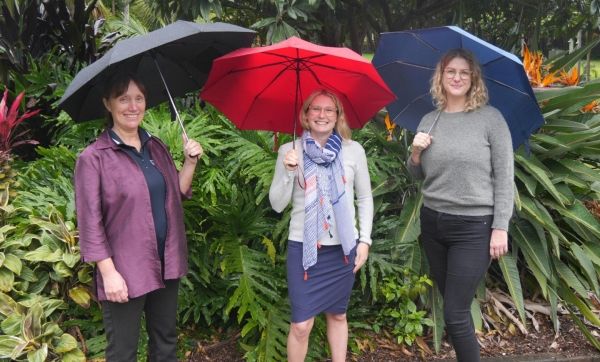QUT researchers have developed a new machine learning mathematical system that helps to identify and detect changes in biodiversity, including land clearing, when satellite imagery is obstructed by clouds.
Using statistical methods to quantify uncertainty, the research, published in Remote Sensing in Ecology and Conservation, analysed available satellite images of an 180km square area in central south-east Queensland.
The region is home to many native species including the critically endangered northern hairy-nosed wombat and the vulnerable greater glider, and the area mainly consists of forest, pasture, and agricultural land.
Dr Jacinta Holloway-Brown says measuring changes in forest cover over time is essential to track and preserve habitats and is a key sustainable development goal by the United Nations and World Bank to manage forests sustainably.
Read more at Queensland University of Technology
Image: Researchers at QUT have developed a new machine learning mathematical system that helps to identify and detect changes in biodiversity, including land clearing, when satellite imagery is obstructed by clouds. (Credit: Tim Macuga, QUT)


